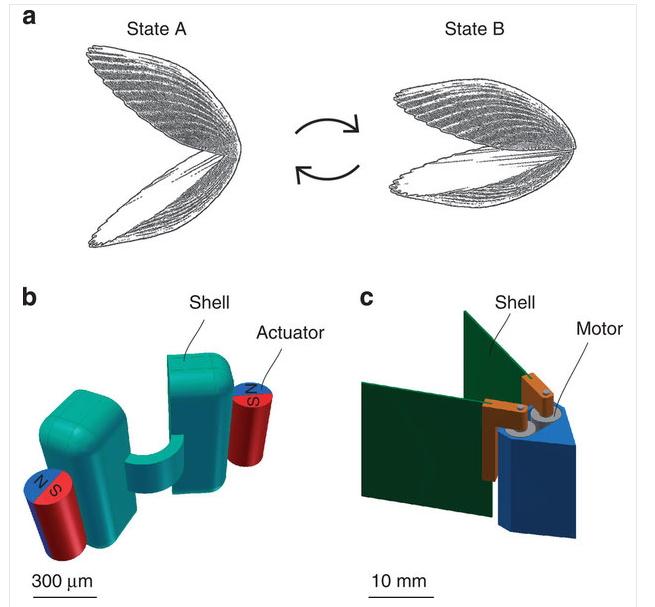Results 1 to 1 of 1
-
12-15-2014, 09:12 AM #1
Tiny 3D Printed MicroScallops May Soon Travel in Our Blood
Imagine tiny structures like scallops or amoebae could be created which travel down blood vessels in search of blockages or tumors. It might not be far off as a team of researchers at the Max Planck Institute for Intelligent Systems have used 3D printing to create a “micro-scallop” of sub-millimeter size which might allow noninvasive exploration inside the human body. The "scallops" are single-hinge, “micro-swimmers” that move much like the scallop described by a former Nobel Prize winner, and they were made from polydimethylsiloxane (PDMS), loaded with phosphorescent pigment and then cast into a 3D printed mold. If you want to read more about this technology, you can see it here: http://3dprint.com/30235/3d-printed-micro-scallops/







 Reply With Quote
Reply With Quote




Do bed magnets deteriorate.
04-29-2024, 01:35 AM in General 3D Printing Discussion